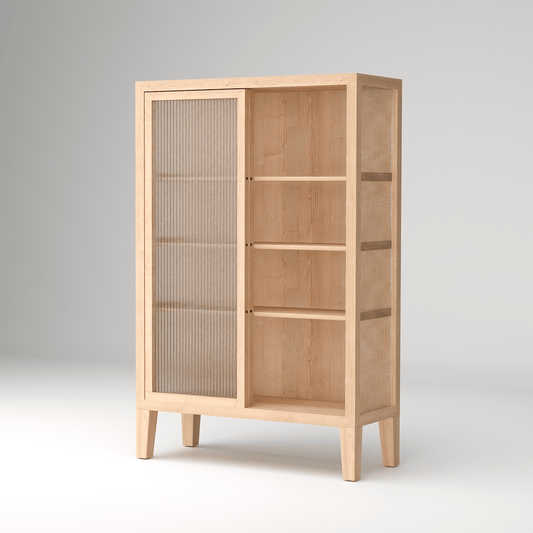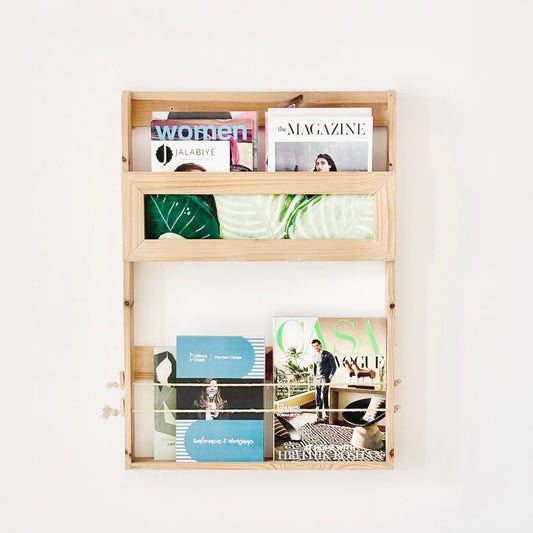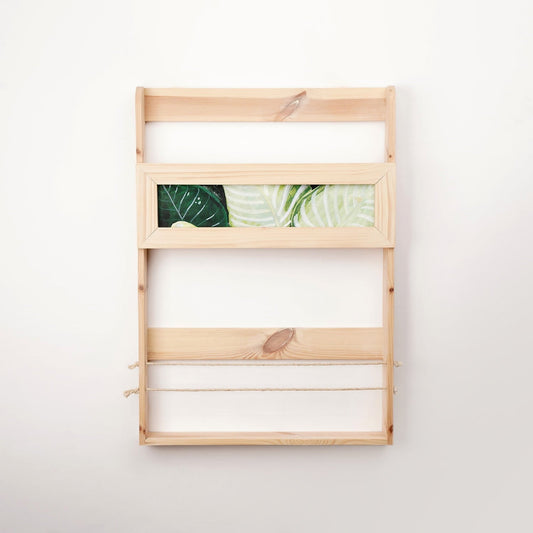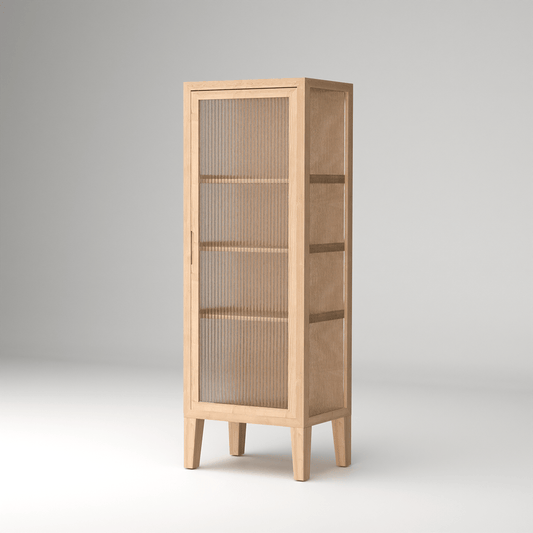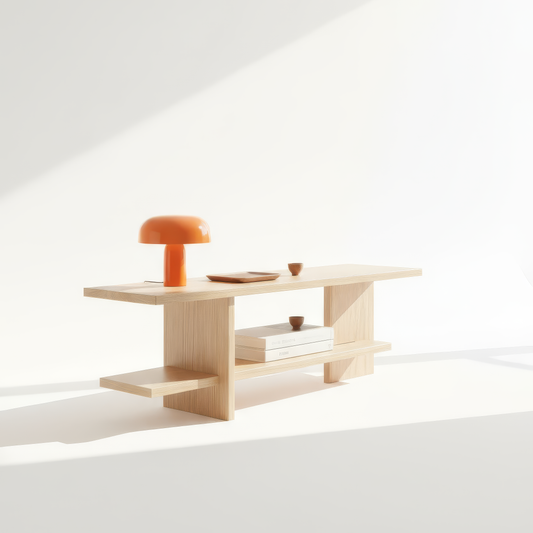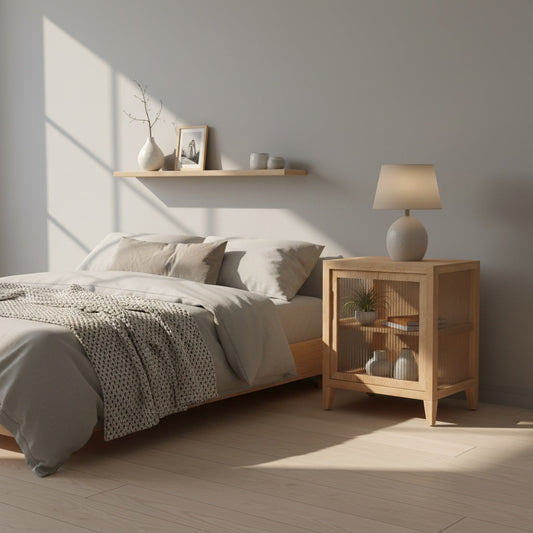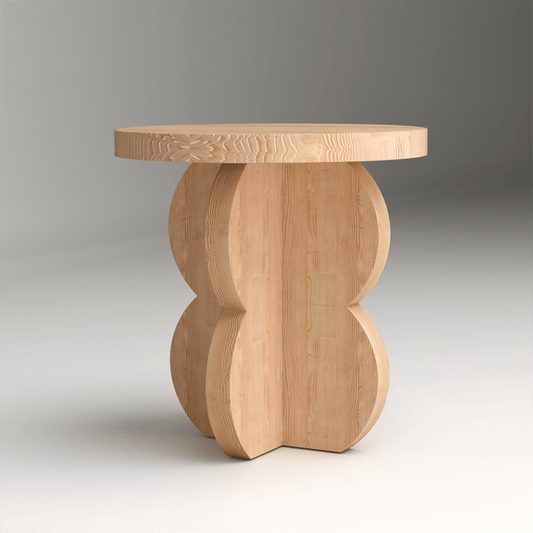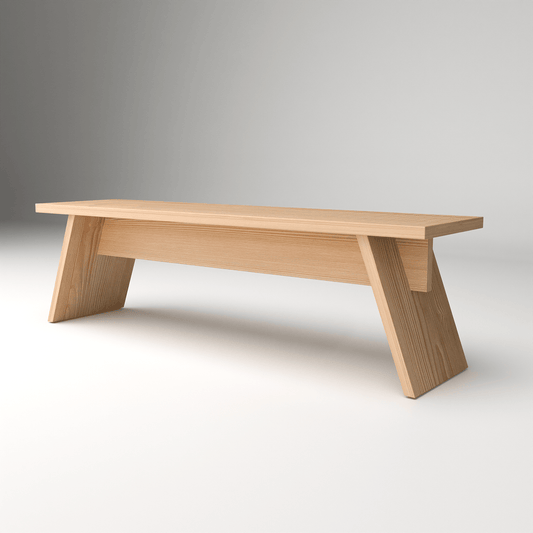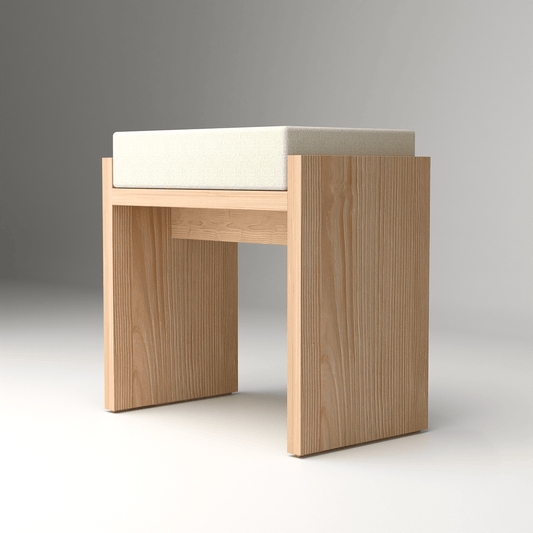The essence of Japandi design lies in the profound understanding that true luxury comes not from abundance, but from the careful curation of essential, beautiful objects. Minimalist furniture in Japandi homes serves as both functional necessity and artistic expression, where each piece is chosen not just for what it does, but for how it contributes to the overall harmony and tranquility of the living space.
The Philosophy of Minimalist Furniture
Quality Over Quantity
In Japandi design, furniture selection follows the principle that fewer, exceptional pieces create more impact than numerous mediocre items. Each piece must justify its presence through superior craftsmanship, functional excellence, and aesthetic contribution to the overall space.
Intentional Selection Process
Purpose-Driven Choices: Every piece serving a clear, essential function Aesthetic Harmony: Furniture that works together to create visual unity Emotional Connection: Pieces that resonate with personal values and lifestyle Long-Term Thinking: Investments that will remain relevant and beautiful for decades
Essential Minimalist Furniture Categories
Seating Solutions
Clean-Lined Sofas: Simple forms that provide comfort without visual complexity Meditation Chairs: Low seating that encourages contemplation and relaxation Dining Chairs: Functional seating that emphasizes form and material beauty Floor Cushions: Flexible seating options that can be stored when not needed
Table Essentials
Dining Tables: Simple surfaces that facilitate gathering and nourishment Coffee Tables: Low tables that serve without dominating living spaces Side Tables: Functional surfaces that provide convenience without clutter Work Surfaces: Desks that support productivity while maintaining aesthetic calm
Storage Furniture
Wardrobes: Closed storage that maintains visual simplicity Shelving Systems: Open storage that displays carefully chosen objects Cabinets: Concealed organization that preserves clean room aesthetics Bedside Storage: Functional pieces that support sleep routines
Room-Specific Minimalist Applications
Living Room Essentials
Seating Arrangements: Comfortable furniture that encourages relaxation and conversation Coffee Table Selection: Central pieces that serve without overwhelming Storage Integration: Organization that maintains the room's peaceful atmosphere Entertainment Solutions: Media storage that keeps technology organized but unobtrusive
The Nordic Fluted Glass Cabinet in Pinewood at ₹37,900 to ₹47,000 exemplifies minimalist furniture excellence, combining clean Scandinavian lines with Japanese attention to detail, offering both display and storage while maintaining the visual simplicity essential to Japandi living rooms.
Bedroom Minimalism
Platform Beds: Low sleeping surfaces that emphasize horizontal calm Bedside Tables: Essential storage that supports sleep routines without excess Wardrobe Solutions: Clothing storage that maintains bedroom tranquility Seating Options: Minimal seating for dressing and contemplation
Kitchen and Dining Simplicity
Dining Tables: Surfaces that facilitate mindful eating and gathering Storage Solutions: Organization that keeps cooking essentials accessible but hidden Seating Choices: Chairs that provide comfort while maintaining clean aesthetics Work Surfaces: Preparation areas that support culinary creativity
Home Office Clarity
Desk Selection: Work surfaces that promote focus and productivity Storage Systems: Organization that keeps supplies accessible but invisible Seating Comfort: Chairs that support long work sessions while maintaining aesthetics Technology Integration: Furniture that accommodates modern work needs discretely
Design Principles for Minimalist Furniture
Form and Function Unity
Purposeful Design: Every element serving both aesthetic and functional purposes Honest Construction:Joinery and assembly methods that are part of the beauty Material Celebration: Allowing natural materials to be the primary decoration Proportional Harmony: Sizing that feels right within the space and with other pieces
Visual Weight Considerations
Negative Space Appreciation: Furniture that leaves room for visual breathing Horizontal Emphasis: Low profiles that create calm, grounded feelings Clean Lines: Geometric simplicity that reduces visual noise Consistent Heights: Furniture arrangements that create visual flow
Material Selection for Minimalist Pieces
Natural Wood Priority
Solid Wood Construction: Authentic materials that age beautifully over time Grain Pattern Appreciation:Allowing natural wood characteristics to provide interest Natural Finishes: Treatments that enhance rather than hide material beauty Sustainable Sourcing: Choosing wood from responsible forest management
The Solid Pine Wood Nightstand - SOMA at ₹34,500 demonstrates minimalist furniture excellence through its solid pine construction, clean geometric form, and functional storage that serves bedside needs without visual complexity.
Metal Accent Integration
Brass Details: Warm metal accents that complement wood tones Steel Elements: Clean, modern metal for structural and functional components Copper Touches: Living metal that develops character over time Minimal Hardware: Functional elements that don't compete with overall design
Textile Considerations
Natural Fiber Upholstery: Linen, cotton, and wool in neutral colors Texture Over Pattern: Interesting weaves rather than busy designs Durability Focus: Fabrics that maintain beauty through regular use Easy Maintenance: Materials that clean simply and age gracefully
Color Palettes for Minimalist Furniture
Neutral Foundation
Natural Wood Tones: Warm timber colors that ground spaces Soft Whites: Clean colors that reflect light and create spaciousness Gentle Grays: Cool neutrals that balance warm wood elements Cream Variations:Warm whites that add softness without visual weight
Accent Color Integration
Earth-Inspired Hues: Colors drawn from nature rather than artificial sources Monochromatic Schemes:Limited palettes that create visual unity Seasonal Variation: Subtle color changes through textiles and accessories Personal Expression: Carefully chosen colors that reflect individual taste
Furniture Arrangement Principles
Spatial Relationships
Breathing Room: Adequate space between pieces for visual and physical comfort Conversation Areas:Seating arrangements that encourage interaction Traffic Flow: Furniture placement that supports natural movement patterns Focal Point Creation: Arrangements that draw attention to important elements
Functional Zoning
Activity Areas: Furniture groupings that support specific functions Flexible Arrangements: Pieces that can be reconfigured for different needs Seasonal Adaptation: Furniture that can be moved or changed with seasons Growth Accommodation: Arrangements that can evolve with changing needs
Technology Integration in Minimalist Furniture
Hidden Technology Solutions
Built-in Charging: Power solutions integrated into furniture design Cable Management: Wire organization that maintains clean aesthetics Device Storage: Compartments for technology that keep it accessible but hidden Wireless Integration: Reducing cord clutter through wireless solutions
Smart Furniture Features
Adjustable Elements: Furniture that adapts to different uses and preferences Automated Functions:Features that enhance convenience without complexity App Integration: Digital control that doesn't compromise visual simplicity Energy Efficiency: Smart features that support environmental responsibility
Maintenance and Care
Preserving Natural Beauty
Gentle Cleaning Methods: Techniques that protect rather than damage materials Regular Maintenance:Consistent care that prevents major problems Professional Restoration: When to seek expert help for valuable pieces Seasonal Care: Adjusting maintenance routines based on environmental conditions
Long-Term Preservation
Protective Measures: Preventing damage before it occurs Usage Guidelines: Proper use that extends furniture life Repair Strategies: Fixing problems promptly to prevent escalation Documentation: Keeping records of care and maintenance procedures
Budget Approaches to Minimalist Furniture
Investment Strategy
Key Pieces First: Starting with furniture that anchors spaces Quality Priority: Choosing well-made pieces that last decades Gradual Building: Developing furniture collections over time Professional Guidance:When to seek expert advice for major purchases
Cost-Effective Options
Vintage and Antique Sources: Finding quality pieces at reduced prices Local Artisan Support:Commissioning pieces from nearby craftspeople DIY Restoration: Learning to refresh and repair existing furniture Seasonal Shopping: Timing purchases for maximum value
Cultural Sensitivity in Minimalist Design
Respectful Appreciation
Understanding Origins: Learning about the cultural roots of design principles Authentic Application: Using principles rather than copying specific cultural objects Supporting Traditional Makers: Choosing pieces from artisans who understand the traditions Personal Interpretation: Adapting principles to individual cultural context
Modern Adaptation
Contemporary Needs: Applying traditional principles to modern living requirements Technology Balance:Integrating necessary modern conveniences thoughtfully Family Life Considerations: Creating minimalist spaces that work for households Cultural Fusion: Respectfully combining elements from different traditions
The Psychology of Minimalist Living
Mental Clarity Benefits
Reduced Visual Noise: Clean spaces that promote focused thinking Decision Simplification: Fewer choices that reduce daily mental load Stress Reduction: Organized environments that promote calm Mindful Consumption: Thoughtful purchasing that aligns with values
Lifestyle Enhancement
Quality Time Focus: Spaces that encourage meaningful activities Maintenance Simplicity: Fewer possessions requiring less upkeep Financial Freedom: Investing in quality rather than quantity Environmental Responsibility: Consumption patterns that support sustainability
Creating Your Minimalist Furniture Collection
Minimalist furniture for Japandi homes represents more than an aesthetic choice; it's a lifestyle philosophy that prioritizes quality, intentionality, and harmony. By choosing fewer, better pieces that serve both functional and aesthetic purposes, you create environments that support well-being while reflecting your values and personal style.
The key to successful minimalist furniture selection lies in understanding that each piece must earn its place through exceptional quality, functional excellence, and contribution to overall harmony. Whether you start with a single statement piece or gradually build a complete collection, minimalist furniture offers a pathway to creating homes that feel both beautiful and deeply satisfying to live in.



